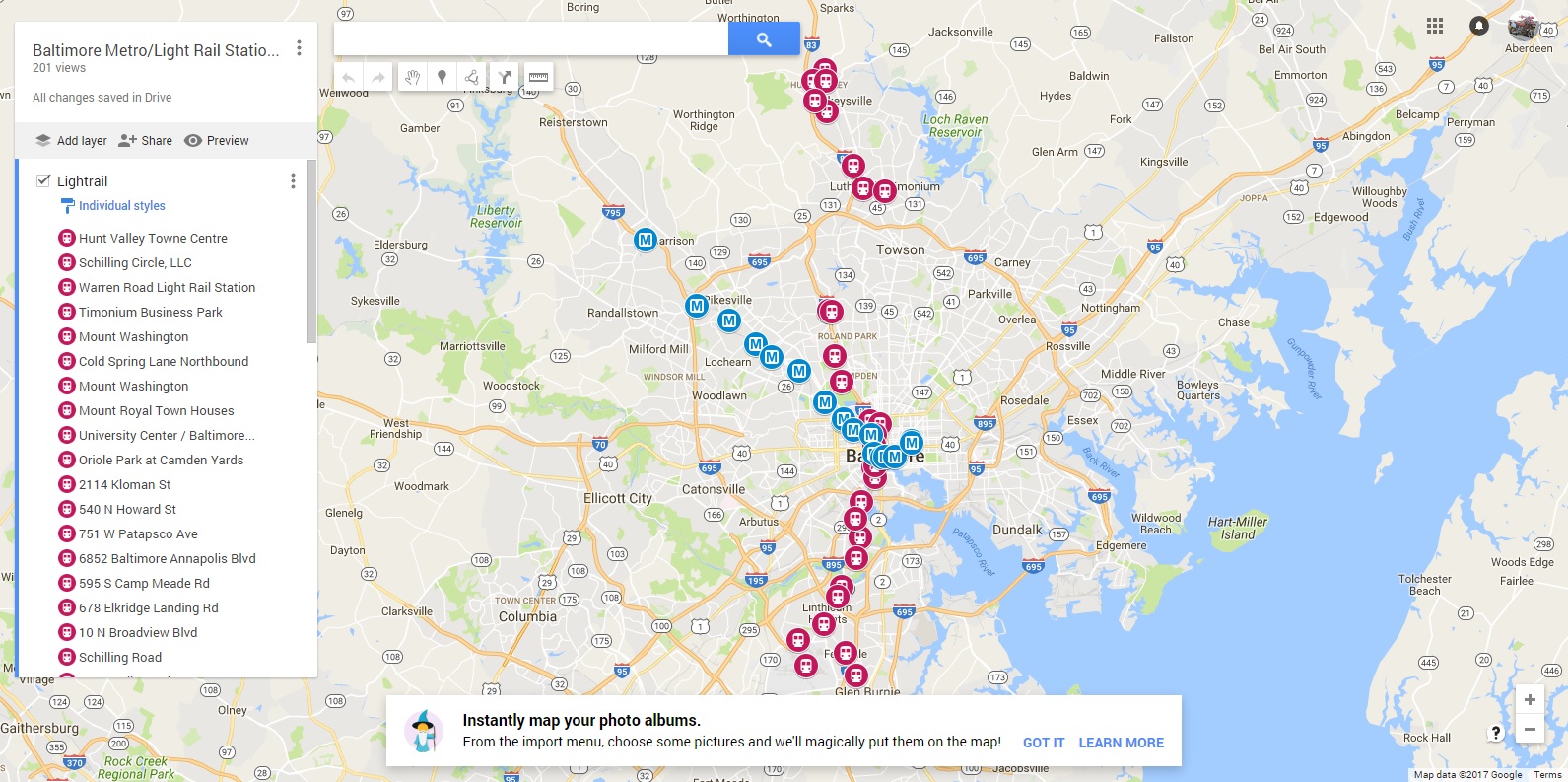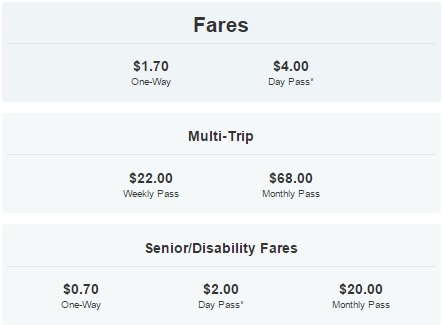“Restoring Whats Been Lost.” U.S. Committee for Refugees and Immigrants. N.p., n.d. Web. 01 Apr. 2017. http://refugees.org/explore-the-issues/refugees-facts/
“Restoring Whats Been Lost” is a page on refugees.org that gives facts about who refugees are, where they come from, and why they are leaving. It was put together by the U.S Committee for Refugees and Immigrants which is an agency that works both nationally and internationally to help refugees and immigrants all over the world. The intended audience of this particular article is those who are looking to learn more about refugees and those that need to be educated on this issue. The article contains maps and pictures and statistics that are easy for anyone to understand, however it doesn’t give very specific information that people may be looking for.
The map that is found on this page is the one I would like to use as a model for the map we will put on AWE’s website. The information on the website supports my project idea, that information that is easily accessible and understandable is beneficial to donors and the general public. The information can also be used on AWE’s website as many of the asylee’s come from these same places.
World Vision Staff. “Syria Refugee Crisis: Facts You Need to Know.” World Vision. N.p., 16 Mar. 2017. Web. 01 Apr. 2017. https://www.worldvision.org/refugees-news-stories/syria-refugee-crisis-war-facts
World Vision is a non-profit organization much like AWE is. However, they work directly in Syria. This article on their website provides specific information, in bullet lists, as to what is going on in Syria and how it effects women and children. The authors wrote this with the intention to educate but also pull at the heart strings, get them to empathize with all the horrible things that are happening. That being said, there is a slant in the article is it only talks the 100% absolutely horrible that happen and not any normal day to day things that happen.
This article will be beneficial toward my research for AWE’s website as Tiffany stated that Syria is in the top 10 places their clients come from. Also, Syria is a heavy topic in the news right now with the travel ban from President Trump. I think it could be beneficial to include some information from this website on the map we are creating for AWE.
Beltran, Adriana “Children and Families Fleeing Violence in Central America.” WOLA. N.p., 21 Feb. 2017. Web. 08 Apr. 2017. https://www.wola.org/analysis/people-leaving-central-americas-northern-triangle/
This article was written by Adriana Beltran, a senior associate for Citizen Security at WOLA. She is heavily involved in the prevention of violence in the Americas but also helping those get out of violent situations and countries. Her main claims include why people are fleeing Central America. It is common to hear of people fleeing the Middle East, but not countries that are in our backyard.
This source will be very helpful in my research for AWE. There were multiple Central American countries in the top 10 place and it is important to include all of these, not just the ones you hear about in the news all the time. It will be beneficial for donors to know that asylees come from all over the world and they need our help whether they are fleeing war or homicide.



